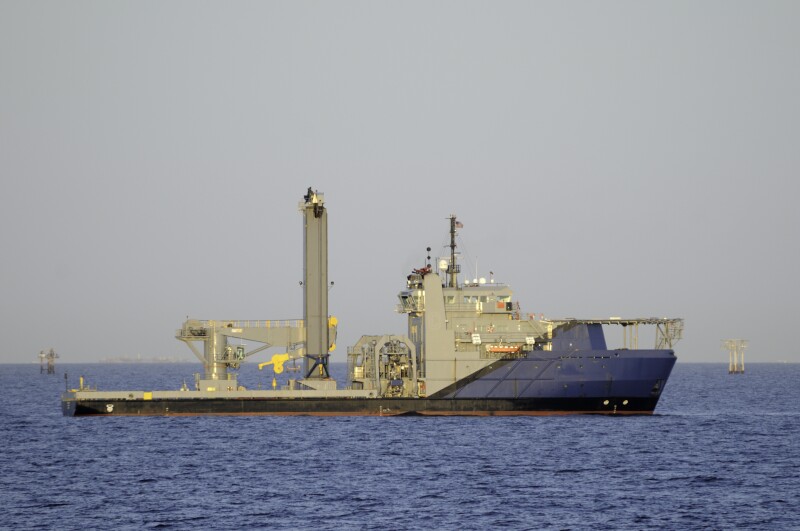Opportunity is knocking for the subsea well intervention sector. Every subsea oil or gas well will at some point require intervention; it is more a matter of when, not if.
"Subsea well intervention offers the highest value, best return on investment when we talk about mechanical intervention or for production enhancement," Matthew Nelson, global account director with Baker Hughes, told attendees at the SPE Subsea Well Intervention Symposium in Galveston, Texas, on 11 August.
However, he noted, there are crucial future challenges ahead with decreased oil and gas investment across the financial community and major IOCs and a changed market with an “especially volatile price environment and supply shortage.”
Managing the price volatility requires agility and a quick response.
“Subsea well intervention offers a solution to quickly respond to volatile price markets. When we see the swings, we can implement production enhancement techniques,” he said.
When it comes to well intervention services and vessels, the current commercial model is one that offers a full turnkey contract. But there is a gap that Nelson believes offers an opportunity to do things differently.
“We’ve seen some success initially with the full turnkey contracting model. It is the full package ready to go for long-term campaigns and large field developments where there’s a lot of need for intervention,” he said.
“It is easier for the operator to manage. Full turnkey is a nice solution for subsea well intervention. It also lowers risk for the service providers.”
But this model makes addressing smaller intervention campaigns, those jobs that “need to make a few plugs or take a look at a few wells” and are not profitable to deploy, more challenging.
“I think we have a grossly underserved market: smaller campaigns,” he said. “We must find a solution that balances the needs of both the operators and service providers. Operators need something that's cost effective, easy to use, and service companies have low-risk investment.”
Through bundling multiple smaller intervention jobs in a region under a single campaign, it provides mid-size operators with the opportunity to meet their well intervention needs.
Nelson’s proposed solution is an alternative commercial model that involves a two-party contracting model: one party is a service company and the other is a vessel provider.
In this model, the service company would provide the subsea kit, topsides equipment and personnel, while the vessel provider was regional and customer-specific.
The service company would carry lower standby costs as personnel would be cross-trained and utilized for other scopes until needed, according to Nelson. The vessels company minimizes its financial risk, as it could proceed with other work until subsea well intervention mobilization.
“Depending on which company you're working with, a contractor can leverage integrated services company experience,” he said.
Additional considerations like contracting, pre-engineered interfaces, and standard procedures and training are key actions for a successful two-party contracting model.
"There are a lot of barriers, especially in the last decade or so, to improving and growing the subsea well intervention market," he said. "But we're at a pivotal point—where we're [seeing] less funding for developments, focus on a lower-carbon footprint, and also be able to respond to price swings—that really offers an opportunity for subsea well intervention to grow and to take advantage of."


